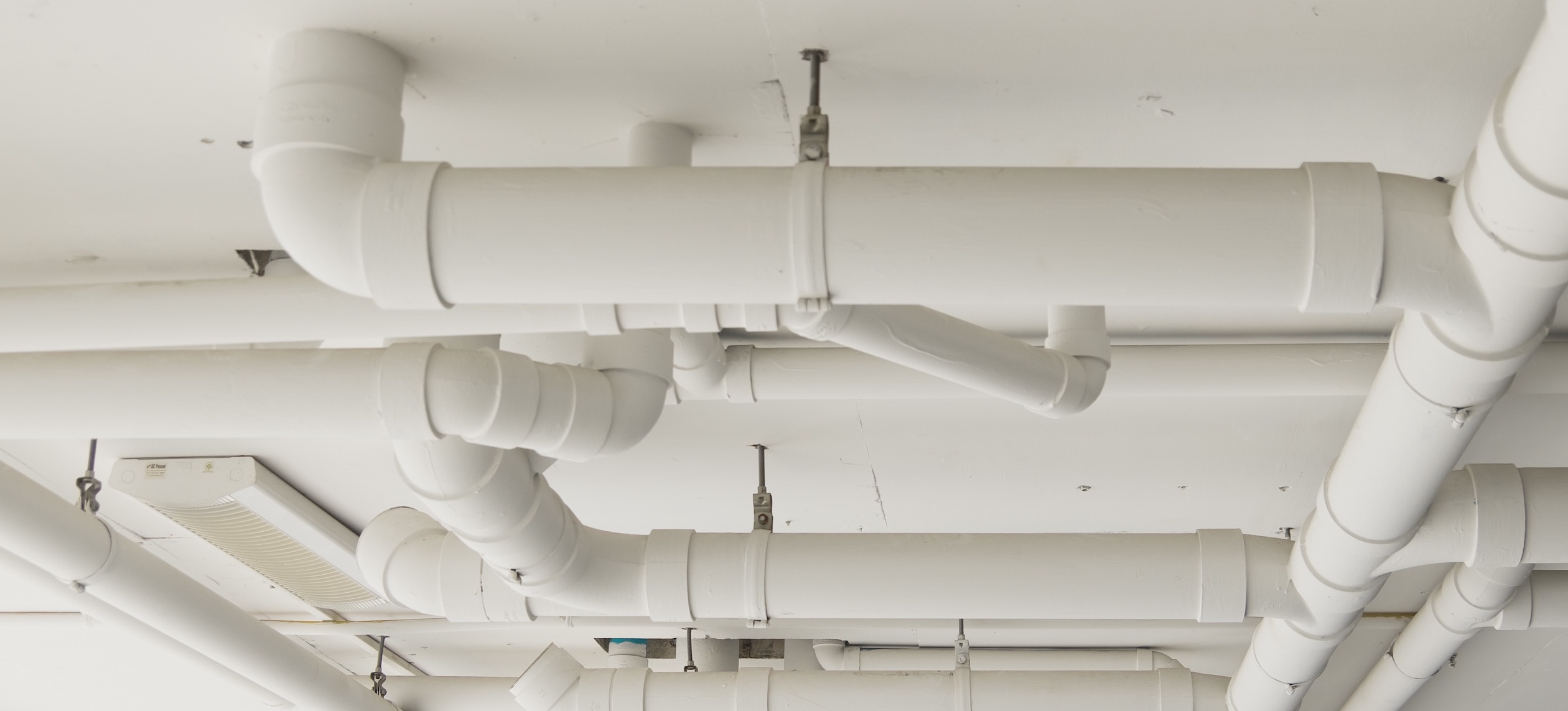

Articles
What Is A Drain Pipe In Plumbing
Modified: August 27, 2024
Learn all about drain pipes in plumbing with our informative articles. Find out how they work, common issues, and essential maintenance tips.
(Many of the links in this article redirect to a specific reviewed product. Your purchase of these products through affiliate links helps to generate commission for Storables.com, at no extra cost. Learn more)
Introduction
A drain pipe is an essential component of a plumbing system that plays a crucial role in removing wastewater and preventing plumbing issues. It is a pipe designed to transport liquids or sewage away from a building or specific area to a sewer or septic system. Drain pipes are an integral part of both residential and commercial structures, ensuring proper sanitation and hygiene.
Without a functioning drain pipe system, wastewater from sinks, showers, toilets, and other plumbing fixtures would accumulate, leading to potential health hazards, structural damage, and unpleasant odors. Understanding the importance of drain pipes, their various types, materials used, and how they are installed and maintained is crucial for homeowners, builders, and plumbing professionals.
This article will delve into the world of drain pipes, providing a comprehensive guide to their usage, types, materials, installation, maintenance, and common issues. By the end, you will have a better understanding of the significance of drain pipes in plumbing systems and how to identify and address drain pipe problems.
Key Takeaways:
- Drain pipes are crucial for maintaining sanitation, preventing water damage, and ensuring the smooth operation of plumbing systems in both residential and commercial buildings. Proper installation, material selection, and regular maintenance are essential for optimal performance.
- Identifying and addressing common drain pipe issues, such as clogs, leaks, and tree root intrusions, early on is vital to prevent further damage and costly repairs. Seeking professional plumbing services for repair, replacement, and maintenance can ensure effective solutions and long-term functionality.
Read more: What Size Pipe For Washer Drain
Definition of a Drain Pipe
A drain pipe can be defined as a pipe system that facilitates the removal of wastewater or sewage from a building or area and directs it towards a sewer system or septic tank. It acts as a conduit for liquid waste, ensuring effective drainage and preventing the accumulation of water and potential plumbing issues.
Drain pipes are an integral part of a plumbing system and are responsible for carrying away used water from sinks, showers, toilets, and other plumbing fixtures. This water, also known as wastewater, often contains various contaminants and pollutants that need to be safely transported and ultimately disposed of.
Drain pipes typically have a sloping design to facilitate the flow of water through gravity. The slope allows wastewater to move away from the source and towards the main sewer line or septic tank, preventing any stagnant water that can lead to foul odors or damage to the plumbing system.
These pipes are commonly made of durable materials such as PVC (polyvinyl chloride) or cast iron. The choice of material depends on factors such as the type of building, the expected wastewater volume, and the local plumbing codes and regulations.
Overall, the primary function of a drain pipe is to ensure the proper removal and disposal of wastewater, promoting hygiene, preventing water damage, and maintaining the smooth operation of a plumbing system.
Different Types of Drain Pipes
There are several different types of drain pipes available, each designed for specific applications and plumbing systems. The choice of drain pipe type depends on factors such as the building’s construction, the purpose of the drainage system, and the local plumbing codes. Here are some of the most common types of drain pipes:
- PVC Drain Pipes: PVC (polyvinyl chloride) drain pipes are one of the most common and widely used types. They are lightweight, durable, and resistant to corrosion and chemicals. PVC pipes are often used in residential and commercial applications, thanks to their affordability and ease of installation. They are suitable for both indoor and outdoor drain systems.
- Cast Iron Drain Pipes: Cast iron drain pipes are known for their strength, durability, and soundproofing capabilities. They are commonly used in commercial buildings and older structures. Cast iron pipes are resistant to fire, pressure, and impact, making them ideal for high-rise buildings or areas with heavy foot traffic.
- Galvanized Steel Drain Pipes: Galvanized steel drain pipes are made of steel coated with zinc to prevent corrosion. They are commonly used in older homes and buildings but have become less popular due to the potential for rust and corrosion over time.
- Copper Drain Pipes: Copper drain pipes offer excellent corrosion resistance, making them suitable for areas with aggressive water or soil conditions. They are often used for underground drain systems and can be more expensive compared to other types of drain pipes.
- ABS Drain Pipes: ABS (acrylonitrile butadiene styrene) drain pipes are lightweight, easy to install, and resistant to chemicals. They are commonly used for drainage systems in mobile homes and RVs.
- Flexible Drain Pipes: Flexible drain pipes, often made of polyethylene or rubber, offer versatility and ease of installation. They are ideal for tight spaces or areas that require a bendable pipe. Flexible drain pipes are commonly used for applications such as connecting sinks and traps.
When choosing a drain pipe type, it is crucial to consider factors such as the intended use, budget, durability, and compatibility with the existing plumbing system. Consulting with a professional plumber can help you determine the most appropriate type of drain pipe for your specific needs.
Materials Used for Drain Pipes
Drain pipes are made from various materials, each offering unique properties and benefits. The choice of material depends on factors such as the type of building, the expected wastewater volume, and the budget. Here are some common materials used for drain pipes:
- PVC (Polyvinyl Chloride): PVC is one of the most popular materials for drain pipes. It is lightweight, affordable, and easy to install. PVC drain pipes are also resistant to corrosion, chemicals, and UV rays, making them suitable for both indoor and outdoor applications.
- Cast Iron: Cast iron is a durable and long-lasting material commonly used for drain pipes, especially in commercial and older buildings. Cast iron pipes are known for their strength, impact resistance, and soundproofing properties. However, they can be more expensive and require professional installation due to their weight.
- Copper: Copper is often used for high-end drain pipe applications due to its excellent corrosion resistance and durability. Copper pipes are particularly suitable for areas with aggressive water or soil conditions. However, copper pipes can be more expensive and may require soldering for proper installation.
- Galvanized Steel: Galvanized steel drain pipes are made of steel coated with a layer of zinc to protect against corrosion. They are commonly used in older homes and buildings but have become less popular due to the potential for rust and corrosion over time.
- ABS (Acrylonitrile Butadiene Styrene): ABS drain pipes are lightweight, easy to install, and resistant to chemicals. They are commonly used in mobile homes and RVs due to their cost-effectiveness and versatility.
- Polyethylene: Polyethylene is a flexible and lightweight material used for drainage pipes in situations where flexibility and ease of installation are important. It is commonly used for connecting sinks, traps, and other plumbing fixtures.
When selecting the material for drain pipes, it is essential to consider factors such as the expected usage, durability, maintenance requirements, and budget. Consulting with a plumbing professional can help determine the most suitable material for your specific needs.
Importance of Drain Pipes in Plumbing Systems
Drain pipes play a crucial role in plumbing systems by effectively removing wastewater and preventing plumbing issues. Here are some key reasons why drain pipes are important:
- Proper Sanitation and Hygiene: Drain pipes ensure the proper disposal of wastewater from plumbing fixtures, such as sinks, showers, and toilets. This prevents the accumulation of stagnant water, which can lead to foul odors, health risks, and the breeding of harmful bacteria and pests. Drain pipes contribute to maintaining a healthy and hygienic living or working environment.
- Preventing Water Damage: Drain pipes help prevent water damage to structures by effectively channeling wastewater away. Without functional drain pipes, wastewater can overflow, leading to water damage on floors, walls, and ceilings. This can result in costly repairs, mold growth, and structural instability.
- Preventing Plumbing Problems: Well-maintained drain pipes prevent common plumbing problems such as clogs and backups. By swiftly carrying away wastewater from plumbing fixtures, drain pipes minimize the chances of blockages and keep the plumbing system running smoothly. This reduces the need for costly repairs and helps maintain the longevity of the plumbing system.
- Preventing Contamination: Drain pipes ensure that wastewater is safely disposed of, preventing contamination of the water supply. Properly functioning drain pipes separate wastewater from the fresh water supply, maintaining the integrity of the water system and preventing the spread of harmful contaminants.
- Compliance with Building Codes: Properly installed and maintained drain pipes ensure compliance with local plumbing codes and regulations. Building codes include specific requirements for the installation and performance of drain pipes to ensure safety, sanitation, and environmental standards are met.
- Effective Waste Management: Drain pipes are an essential part of waste management systems. They transport wastewater to sewage treatment plants or septic tanks, where it can be properly treated and disposed of. This helps protect the environment by preventing the release of untreated wastewater into natural water sources.
Overall, drain pipes are a critical component of plumbing systems, promoting sanitation, hygiene, and proper waste management. Regular maintenance and inspection of drain pipes are necessary to ensure their optimal function and to prevent potential plumbing issues.
Read more: What Size Pipe For Toilet Drain
Installation and Maintenance of Drain Pipes
The proper installation and maintenance of drain pipes are essential to ensure their optimal performance and longevity. Here are some key considerations for the installation and maintenance of drain pipes:
Installation:
1. Plan and Design: Before installing drain pipes, it is important to plan and design the system carefully. Consider factors such as the location of plumbing fixtures, the slope required for proper drainage, and the connection to the main sewer line or septic tank. Consult with a professional plumber or engineer to ensure the proper design and layout of the drain pipe system.
2. Choose the Right Materials: Selecting the appropriate drain pipe materials is crucial for durability and performance. Consider factors such as the type of building, expected wastewater volume, and local plumbing codes. PVC and cast iron pipes are commonly used for residential and commercial applications, but other materials may be suitable depending on specific requirements.
3. Proper Slope and Ventilation: Ensure that drain pipes are installed with the correct slope to facilitate proper drainage. A slope of 1/4 inch per foot is typically recommended for horizontal pipe runs. Additionally, install vent pipes to prevent air pressure and suction issues within the drain system, allowing smooth wastewater flow.
4. Use Proper Techniques and Supports: Follow recommended installation techniques, including secure connections, proper joint sealing, and appropriate supports for the drain pipes. This will ensure structural integrity and prevent leaks or pipe movement over time.
Maintenance:
1. Regular Cleaning: Periodically clean drain pipes to prevent the buildup of debris, grease, and other substances that can cause clogs. Use drain snakes or cleaners designed for the specific pipe material to remove any blockages and maintain optimal flow.
2. Inspect for Leaks: Regularly inspect drain pipes for any signs of leaks or damage. Look for water stains, wet spots, or unusual odors around the pipes. Address any leaks promptly to prevent further damage and mitigate the risk of water damage or mold growth.
3. Preventive Measures: Take preventive measures to avoid common drain pipe issues. Use drain screens or traps to catch hair, food particles, and other debris that can cause blockages. Avoid pouring grease, oil, or chemicals down the drain, as they can solidify and clog the pipes.
4. Professional Maintenance: For more extensive drain pipe maintenance, it is advisable to seek the services of a professional plumber. They can perform thorough inspections, identify potential issues, and provide appropriate repairs or replacements as needed.
By following proper installation techniques and implementing regular maintenance, you can ensure that drain pipes function optimally, prevent plumbing issues, and prolong the lifespan of the plumbing system.
Common Issues and Problems with Drain Pipes
Drain pipes are susceptible to various issues and problems that can disrupt the proper functioning of a plumbing system. It is important to be aware of these common drain pipe issues and address them promptly to avoid further damage or plumbing emergencies. Here are some of the most common problems with drain pipes:
- Clogs: Clogs are one of the most frequent issues with drain pipes. Accumulation of debris, food particles, hair, grease, or other substances can lead to blockages, causing slow drainage, backups, or even complete pipe obstructions.
- Leaks: Drain pipes can develop leaks over time due to corrosion, damage, loose connections, or shifts in the building’s foundation. Leaks can cause water damage to surrounding structures and lead to mold growth if not addressed promptly.
- Tree Root Intrusions: Invasive tree roots can infiltrate drain pipes, especially in older homes with clay or concrete pipes. Tree root intrusions can cause pipe cracks, blockages, and even pipe collapses, leading to extensive plumbing issues.
- Sagging or Bellies: Over time, drain pipes may develop sagging or bellies, where sections of the pipe sink or dip due to ground settling or improper installation. This can lead to stagnant water, blockages, and slow drainage.
- Corrosion: Corrosion can occur in metallic drain pipes, such as galvanized steel or cast iron, especially in older plumbing systems. Corrosion weakens the pipes, leading to leaks, reduced water flow, and potential pipe failure.
- Cracks or Pipe Damage: Drain pipes can experience cracks, fractures, or other types of damage due to age, shifting soil, freezing and thawing cycles, or external impact. Damaged pipes can result in leaks, water damage, and compromised drainage.
- Improper Sloping: If drain pipes are not installed with the correct slope, water may not flow freely and can lead to standing water, slow drainage, and increased chances of clogs.
- Joint or Connection Failure: Poorly sealed or loose joints and connections can contribute to leaks, water seepage, and reduced pipe integrity.
It is important to address these drain pipe problems as soon as they are identified. Regular inspections, proactive maintenance, and professional plumbing services can help identify and resolve these issues, ensuring the optimal performance of drain pipes and the overall plumbing system.
Read more: What Element Makes Plumbing Pipes
Signs of Drain Pipe Problems
Identifying drain pipe problems early is crucial to prevent further damage and costly repairs. Here are some common signs that indicate issues with drain pipes:
- Slow Drainage: If you notice that water in sinks, showers, or toilets is draining slowly, it could be a sign of a clog or obstruction in the drain pipe. Slow drainage may also be accompanied by gurgling sounds coming from the drain.
- Backups or Overflows: Backups occur when wastewater does not flow out of the plumbing fixtures and instead rises back up. This can lead to overflowing sinks, toilets, or showers. Multiple backups in different fixtures are typically indicative of a main drain pipe issue.
- Foul Odors: Persistent foul smells emanating from drains can indicate a buildup of sewage or stagnant water in the pipes. This can be caused by clogs, leaks, or other issues that require attention.
- Standing Water: Puddles or standing water near drain pipes, such as under sinks or in basements, can indicate a leak or pipe damage. It is important to investigate the source and address it promptly to prevent further water damage and the growth of mold or mildew.
- Water Stains or Damage: Noticeable water stains on walls, ceilings, or floors near drain pipes can be a clear sign of leaks or pipe damage. Discoloration, peeling paint, or sagging drywall are indications that the water has penetrated the building material.
- Unusual Noises: Gurgling noises coming from drains or plumbing fixtures can indicate air trapped in the drain pipes due to clogs or venting issues. These noises can also indicate improper slope or ventilation in the drain system.
- Pest Infestations: Unexplained pests, such as insects or rodents, in the vicinity of drain pipes can be a sign of pipe damage or leaks. Blocked or damaged drain pipes can attract pests seeking sources of water or food.
- Repeated Clogs: If you frequently experience clogs in multiple plumbing fixtures, it may indicate a more significant issue with the main drain pipe. This could be caused by tree root intrusion, pipe damage, or an improper slope.
If you notice any of these signs, it is advisable to consult with a professional plumber. They can conduct a thorough inspection, identify the underlying cause of the problem, and provide the necessary repairs or replacements to ensure the proper functioning of the drain pipes and the plumbing system as a whole.
Professional Services for Drain Pipe Repair and Replacement
When drain pipe problems arise, it is often best to seek the expertise of a professional plumber who specializes in drain pipe repair and replacement. Here are some of the professional services offered for addressing drain pipe issues:
Drain Cleaning:
Professional plumbers utilize specialized tools and techniques to clear clogs and obstructions in drain pipes. They may use drain snakes, hydro-jetting, or drain cleaners to remove debris, hair, grease, or other substances causing blockages. Regular drain cleaning can help prevent future clogs and ensure optimal drain flow.
Leak Detection and Repair:
Plumbers are skilled at identifying and repairing leaks in drain pipes. They use advanced equipment such as cameras and leak detection devices to pinpoint the exact location and cause of leaks. Once identified, appropriate repairs can be made, such as sealing cracks or replacing damaged sections of the pipe.
Tree Root Removal:
In cases where tree roots have infiltrated drain pipes, professional plumbers can remove the roots and restore the damaged pipes. This typically involves using specialized cutting tools or even hydro-excavation methods to safely remove the roots while minimizing further damage to the pipes.
Pipe Repair:
Professional plumbers have the expertise to repair different types of drain pipe damage. Whether it’s cracks, fractures, sagging pipes, or loose joints, they can employ various repair techniques. This may involve pipe relining, where a new lining is inserted into the existing pipe to reinforce it, or traditional pipe repair methods like patching or replacing damaged sections.
Pipe Replacement:
In cases where drain pipes are extensively damaged or reach the end of their lifespan, professional plumbers can recommend and execute pipe replacement. This involves removing the old pipe and installing new pipes using appropriate materials and techniques. Pipe replacement can help ensure the long-term integrity and functionality of the plumbing system.
Maintenance and Inspection:
Professional plumbers also offer routine drain pipe maintenance and inspections. They can perform regular checks to identify potential issues, clean drain pipes, and provide suggestions for preventive measures to avoid future problems. Regular maintenance helps extend the lifespan of drain pipes and prevents major plumbing emergencies.
When selecting a professional plumber for drain pipe repair or replacement, it’s important to choose a licensed and experienced individual or company. Reading customer reviews, seeking referrals, and verifying licenses and insurance can help ensure quality service and satisfactory results.
By utilizing the expertise and services of professional plumbers, you can address drain pipe issues effectively, restore optimal drain flow, and maintain a functioning and reliable plumbing system.
When installing a drain pipe in plumbing, make sure to use the correct size and material for the specific application. Proper slope and support are also crucial to ensure proper drainage and prevent clogs.
Read more: What Is The Right Pipe Size For Plumbing
Conclusion
Drain pipes are an integral part of any plumbing system, ensuring the proper removal and disposal of wastewater. They play a crucial role in maintaining sanitation, preventing water damage, and promoting the overall functionality of a building’s plumbing system.
In this article, we have explored the definition of drain pipes and their importance in plumbing systems. We have discussed the different types of drain pipes available, including PVC, cast iron, copper, and more. Additionally, we have highlighted the materials used for drain pipes, such as PVC, cast iron, and ABS, and the significance of selecting the right material for specific applications.
We have also examined the installation and maintenance of drain pipes, emphasizing the importance of proper planning, design, and choosing the right materials during the installation process. Regular maintenance, including cleaning, inspection, and preventive measures, helps ensure optimal drain pipe performance and prevents common issues and problems.
We have identified common drain pipe problems, such as clogs, leaks, tree root intrusions, and improper slope, and discussed the signs that indicate these issues. Recognizing these signs allows for timely interventions and minimizes the risk of further damage to the plumbing system.
Lastly, we have highlighted the significance of professional services for drain pipe repair and replacement. Professional plumbers offer a range of services, including drain cleaning, leak detection and repair, tree root removal, pipe repair, pipe replacement, and regular maintenance and inspection. Their expertise ensures effective and efficient solutions to drain pipe problems.
In conclusion, drain pipes are vital components of plumbing systems, promoting sanitation, preventing water damage, and maintaining the overall functionality of a building’s plumbing. Proper installation, maintenance, and professional services contribute to the optimal performance and longevity of drain pipes, ensuring a reliable and efficient plumbing system for years to come.
Frequently Asked Questions about What Is A Drain Pipe In Plumbing
Was this page helpful?
At Storables.com, we guarantee accurate and reliable information. Our content, validated by Expert Board Contributors, is crafted following stringent Editorial Policies. We're committed to providing you with well-researched, expert-backed insights for all your informational needs.
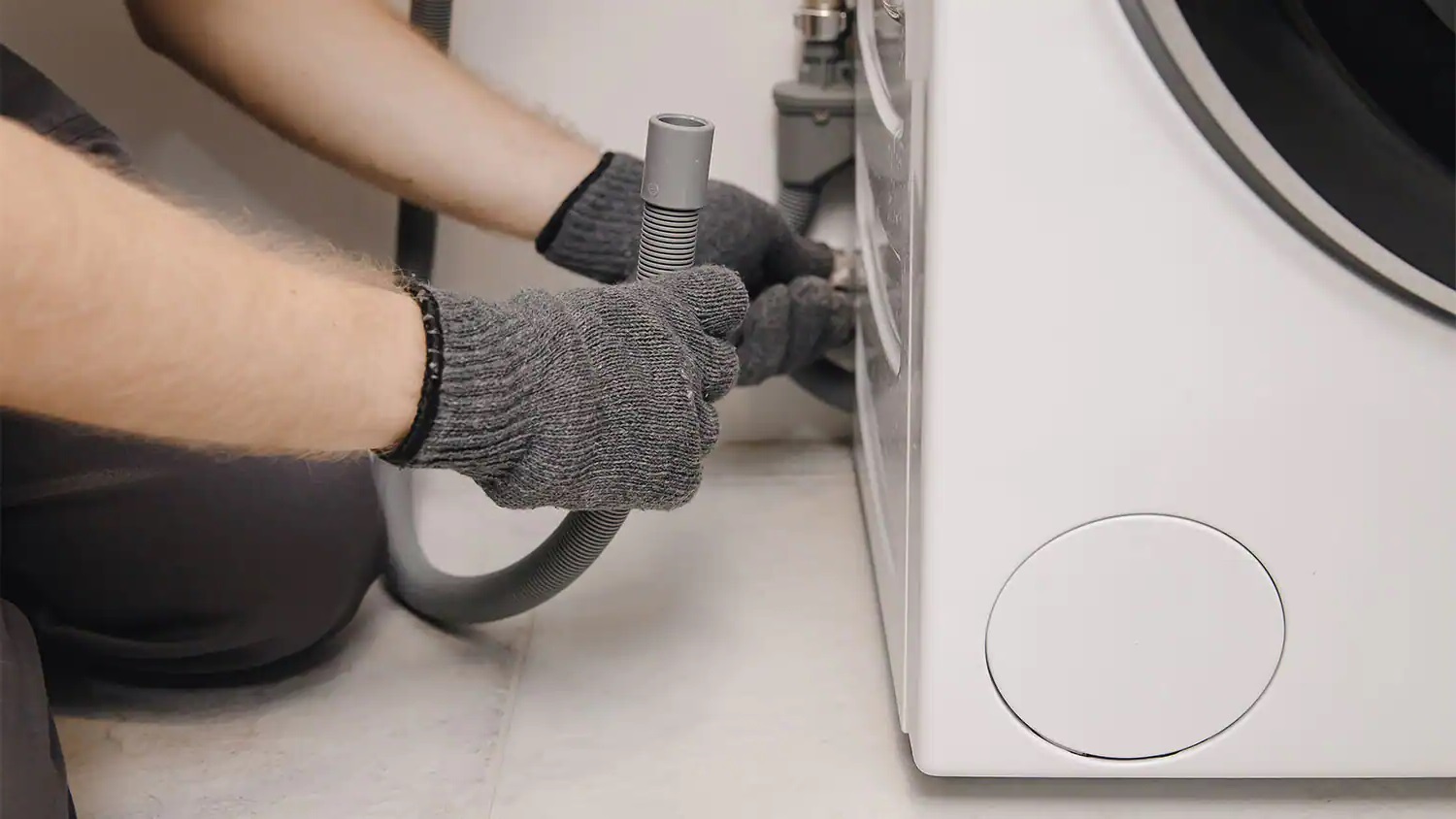
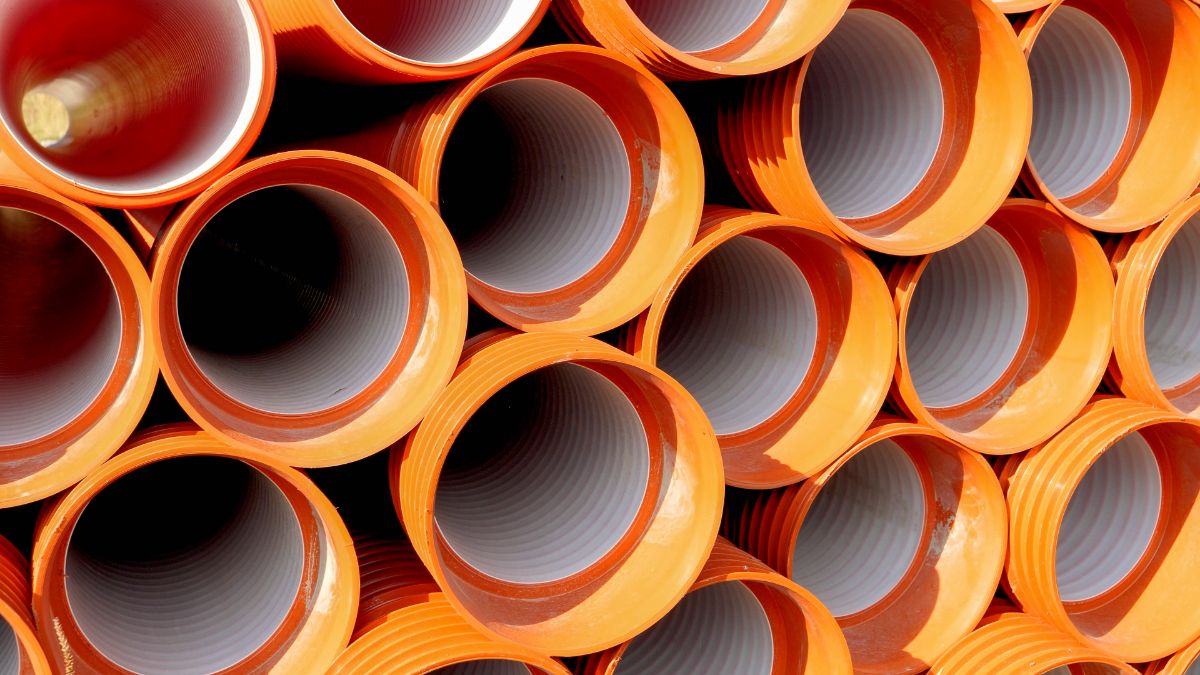
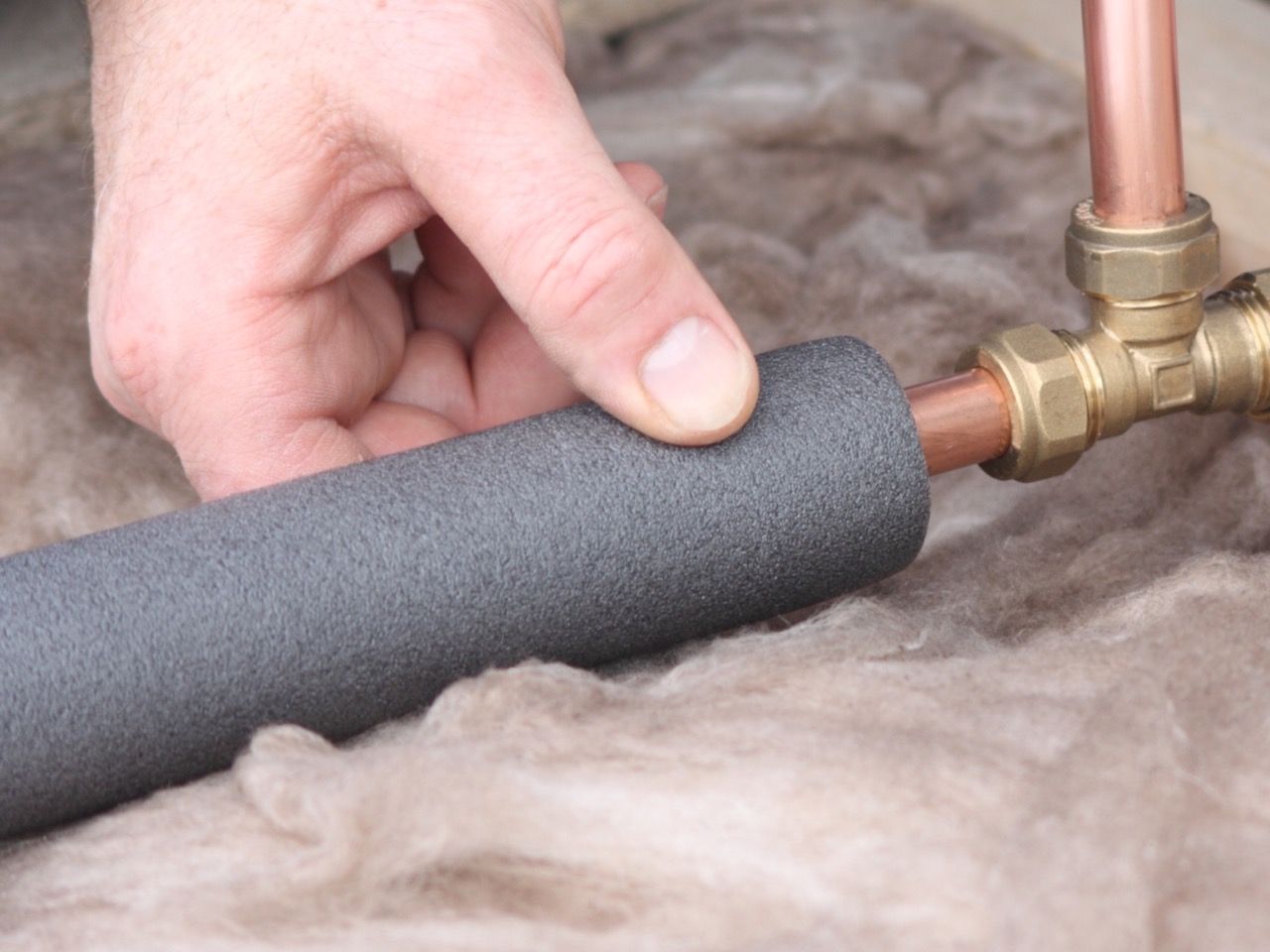
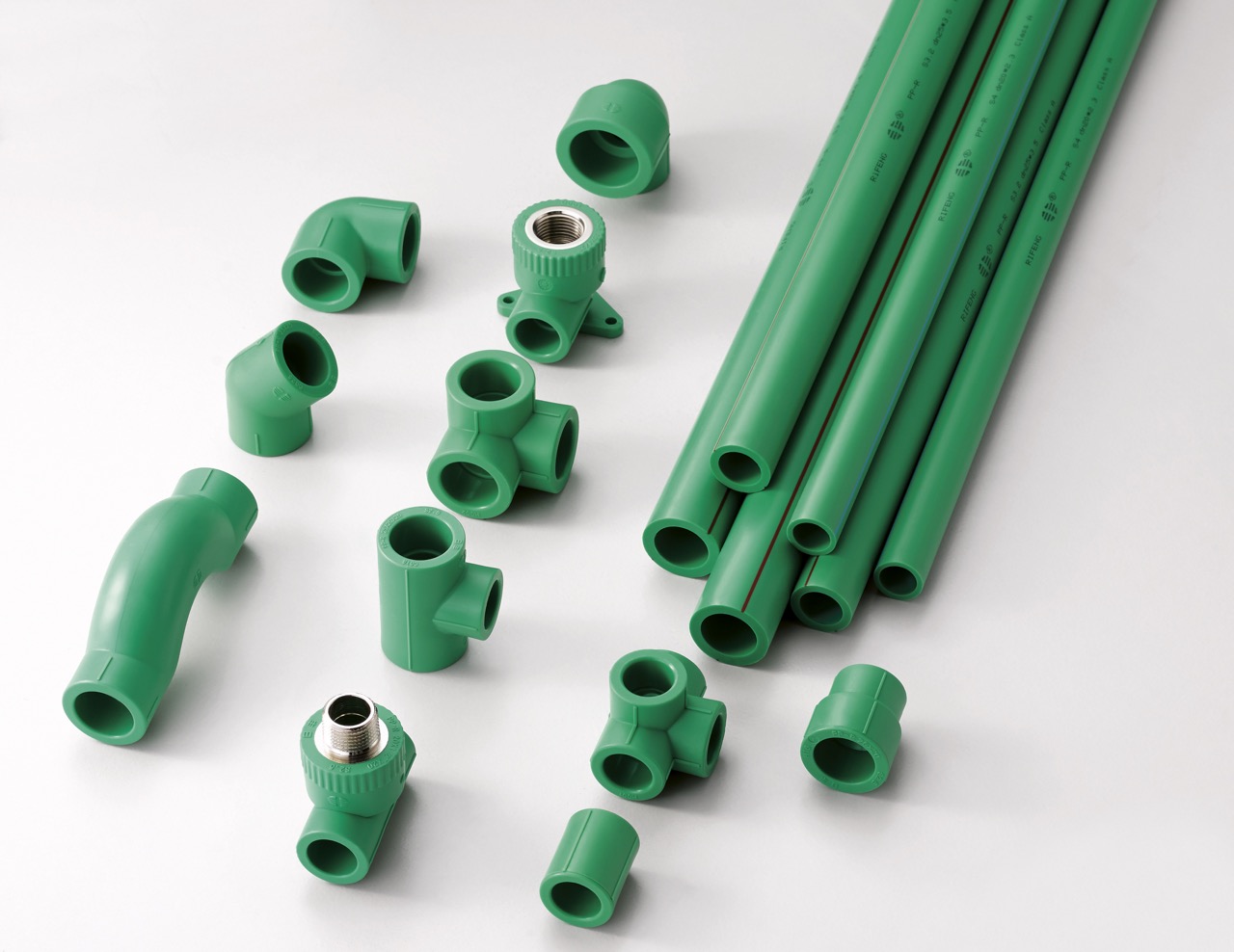
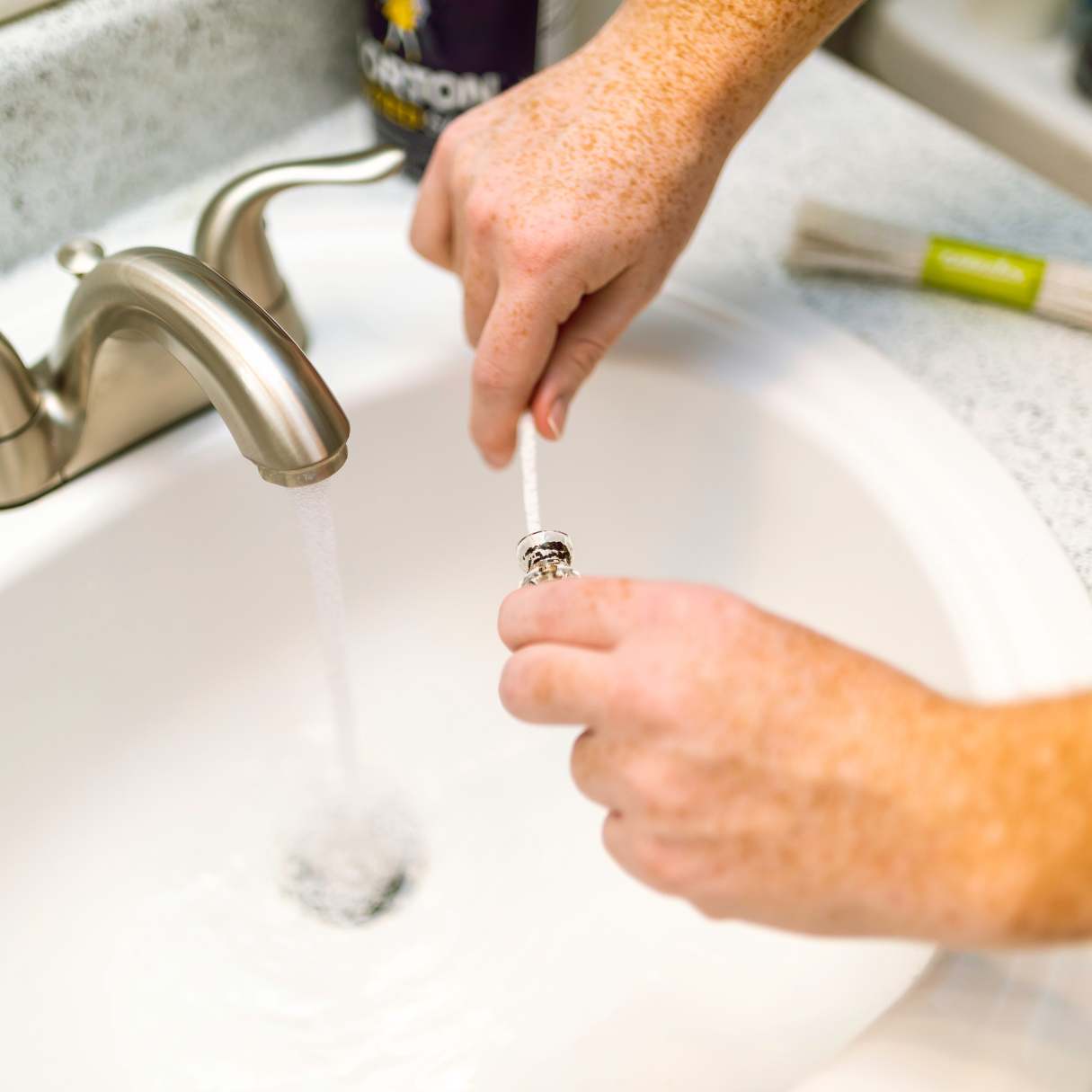
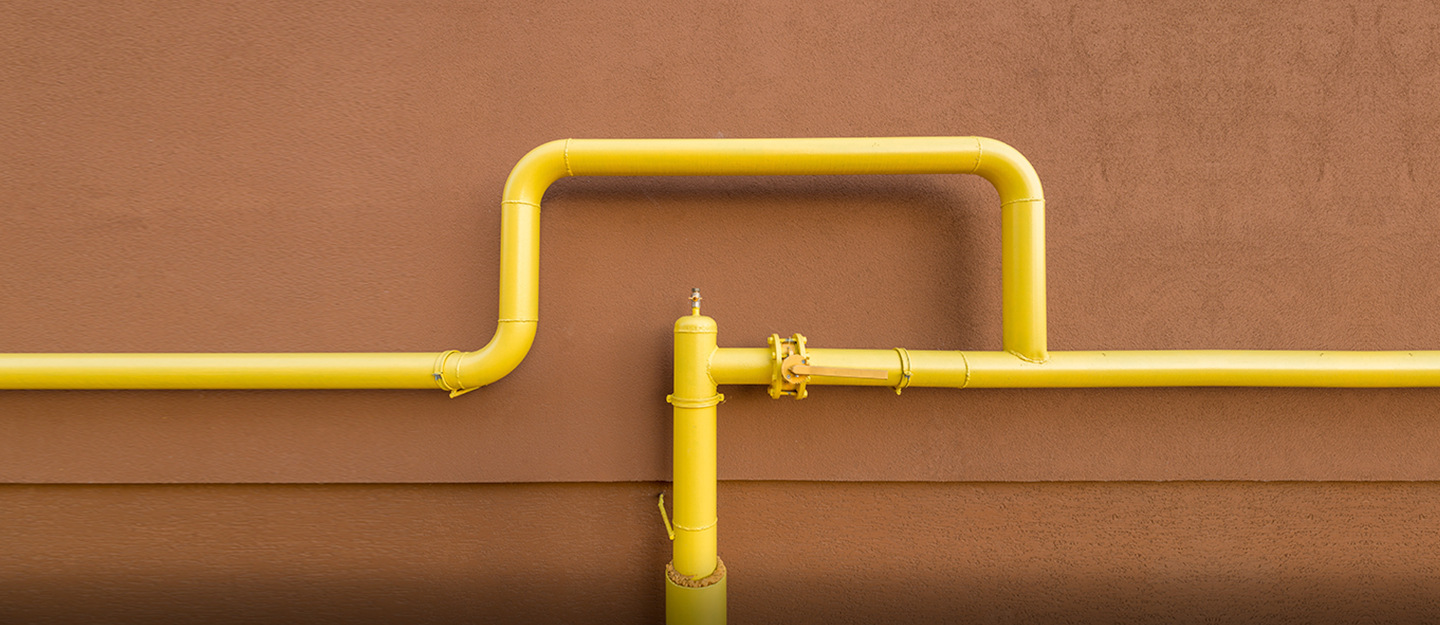
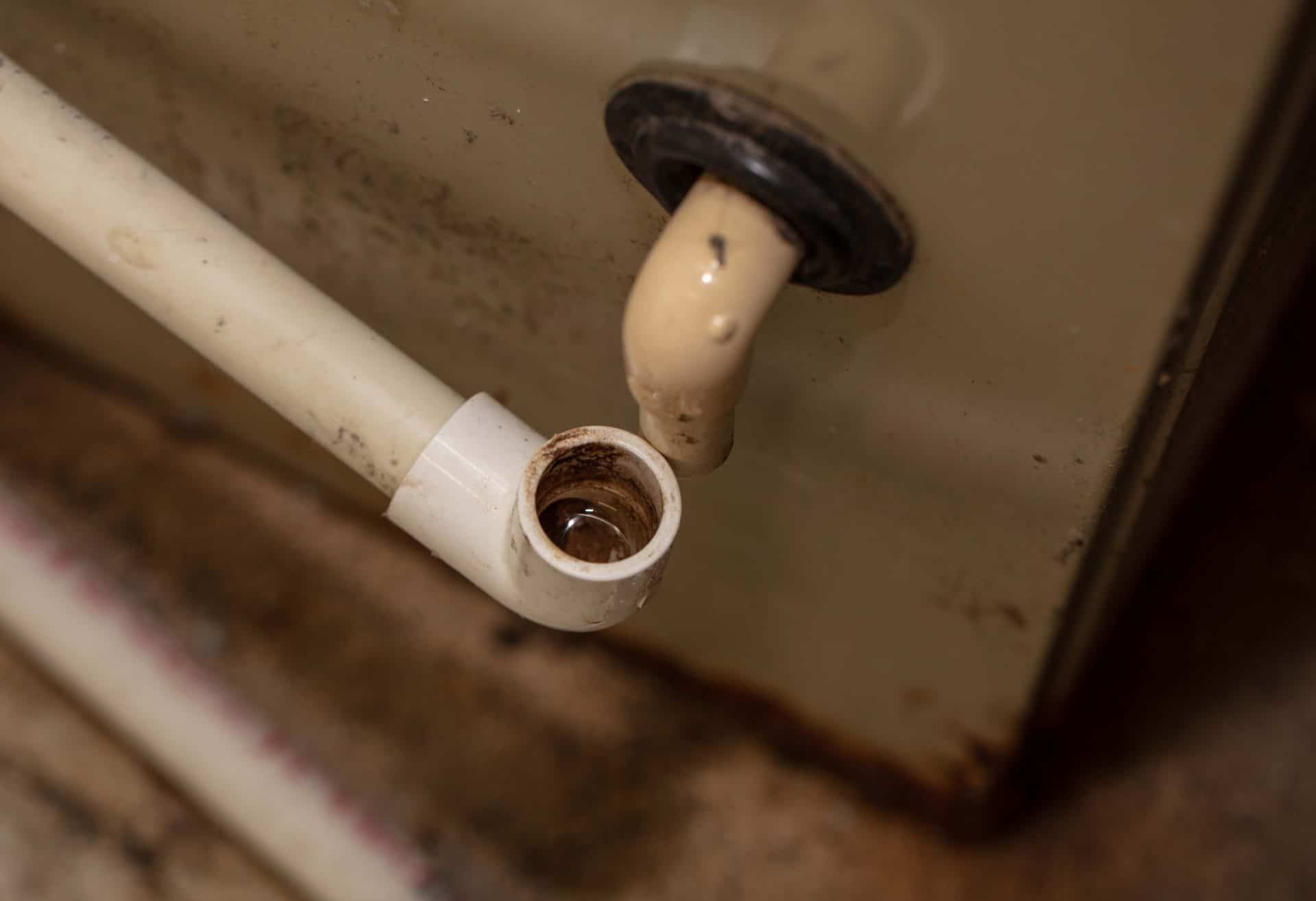
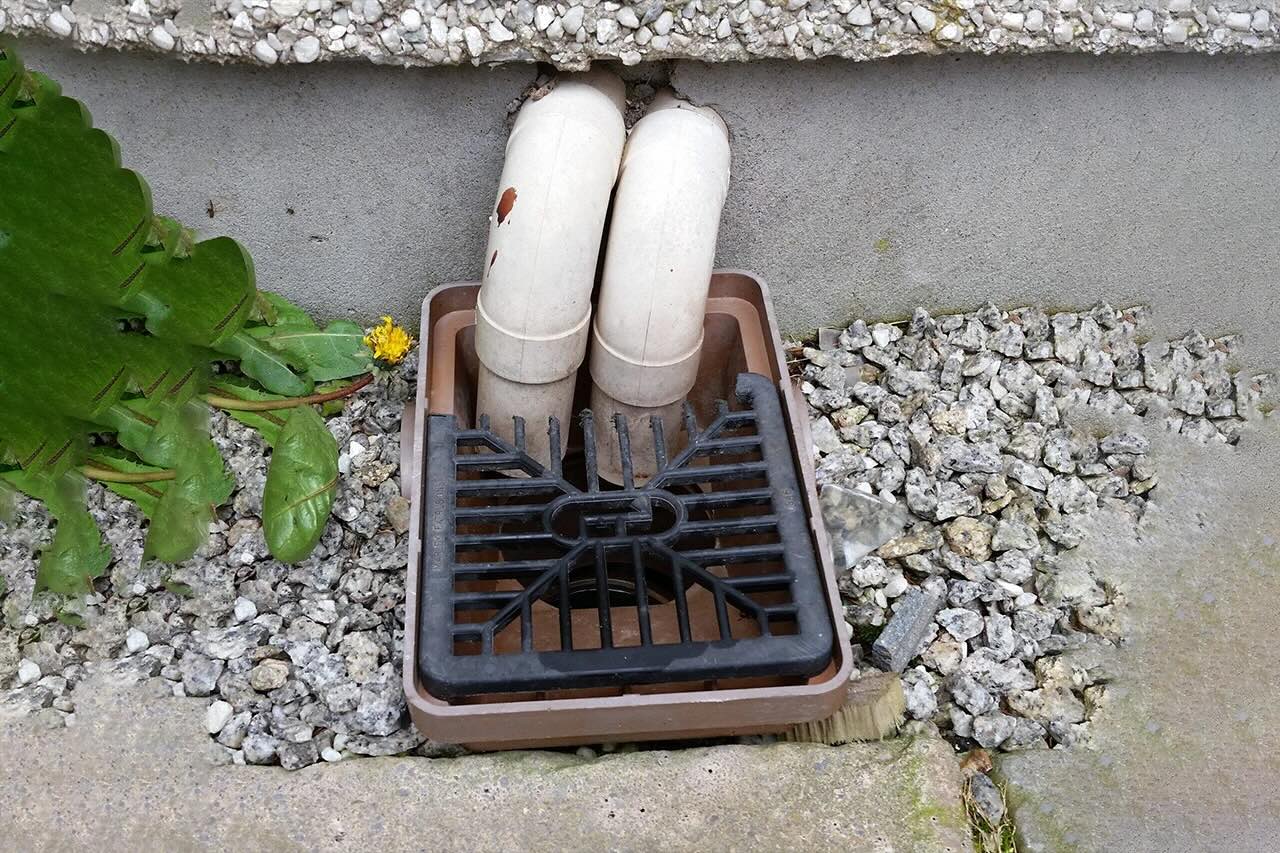
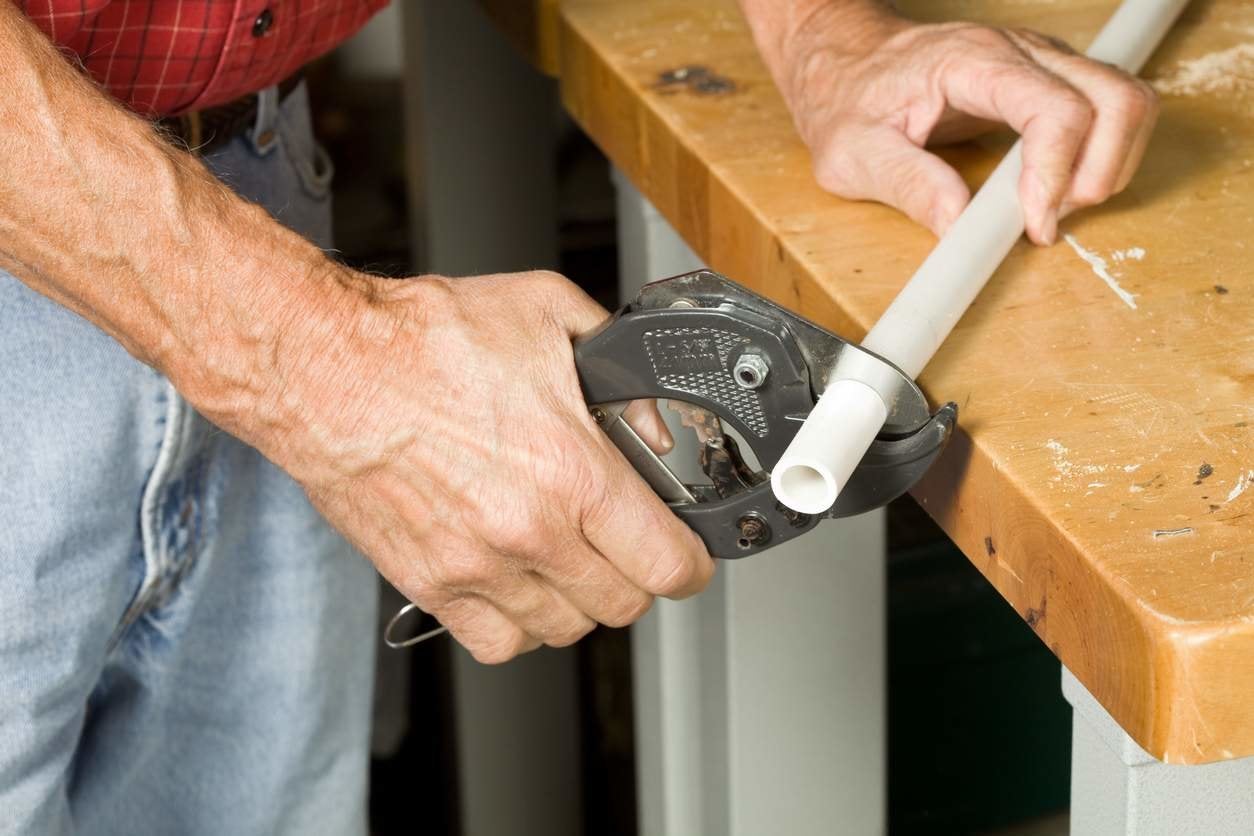
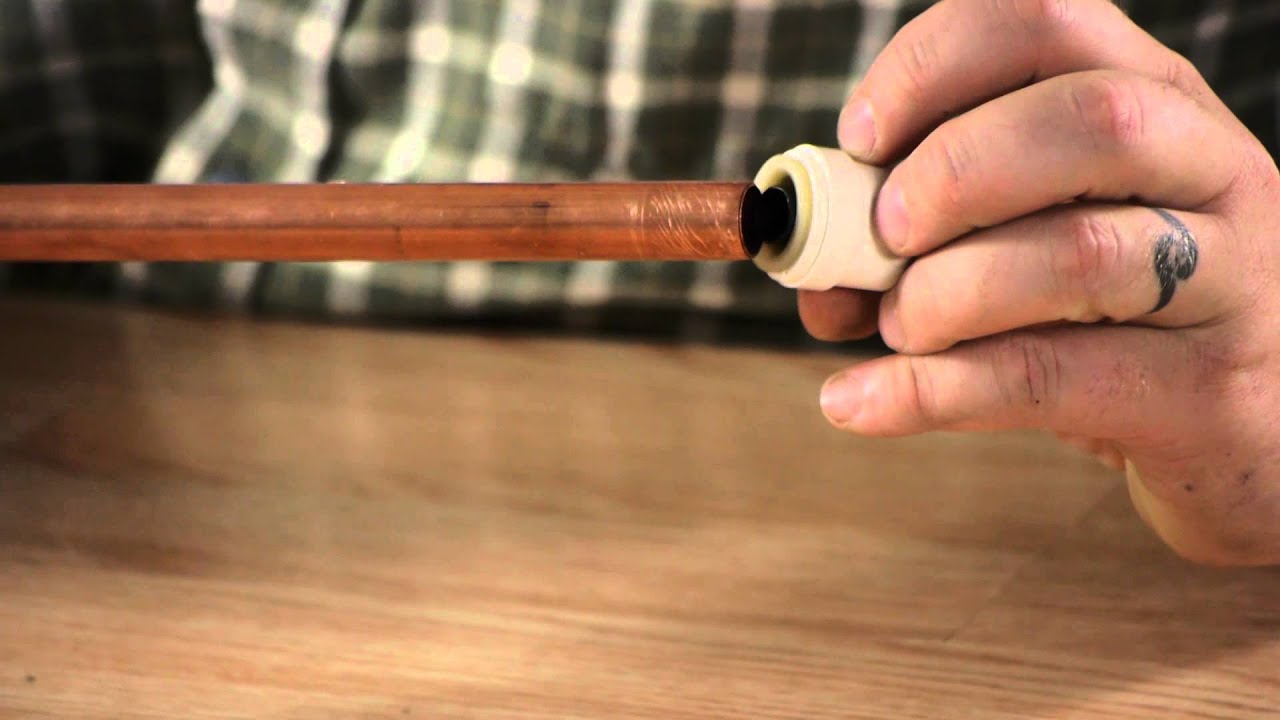
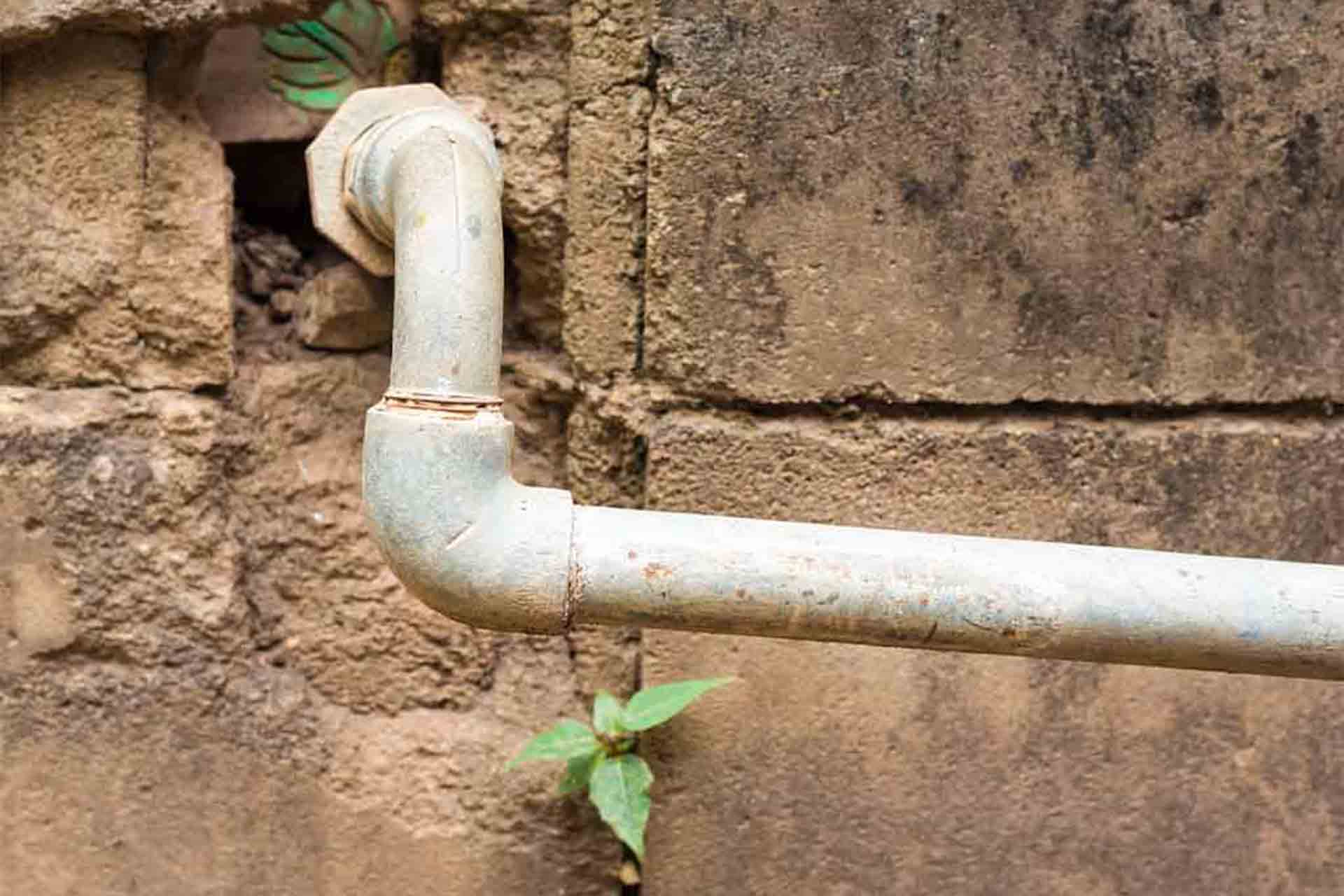

0 thoughts on “What Is A Drain Pipe In Plumbing”